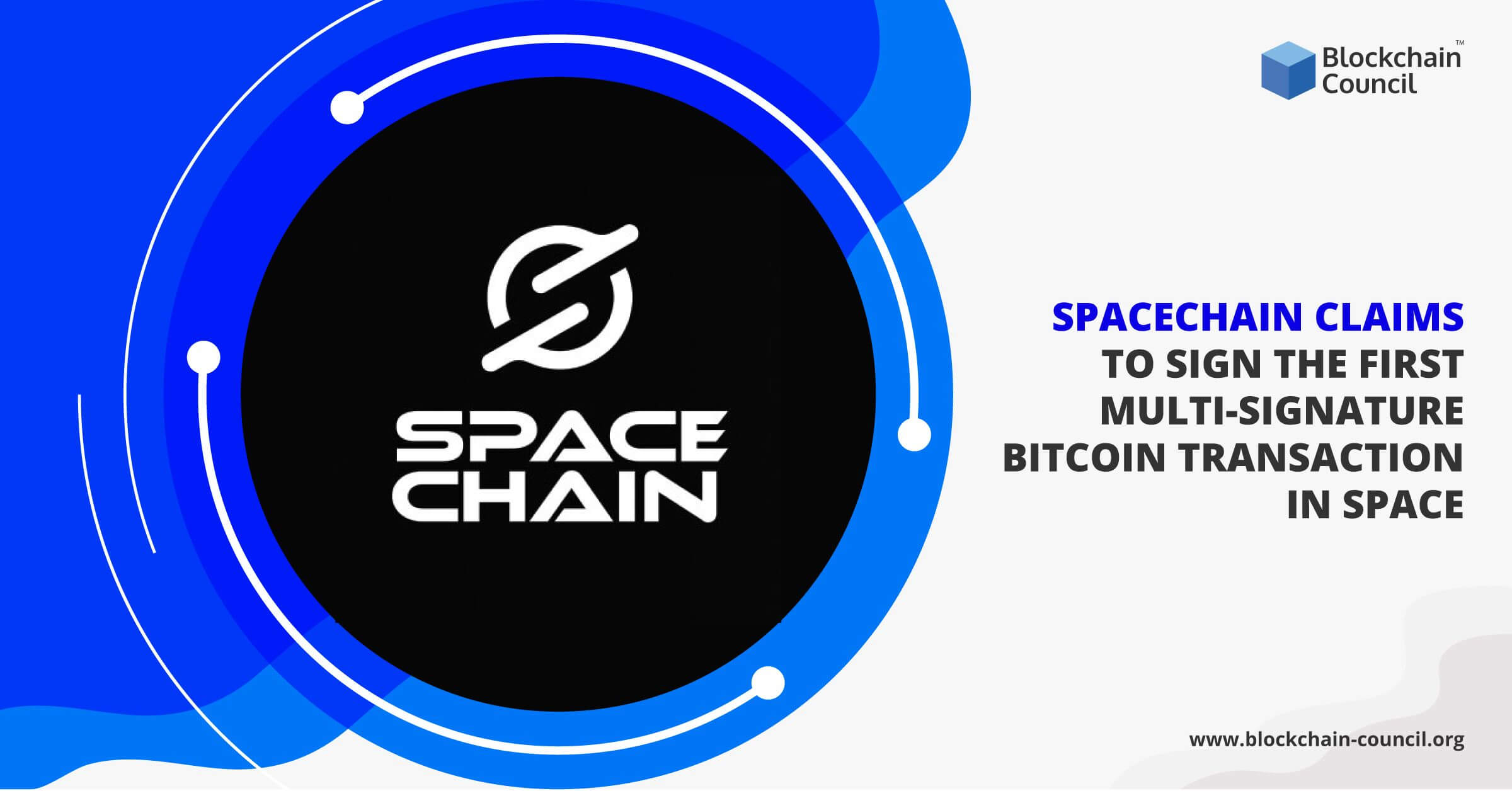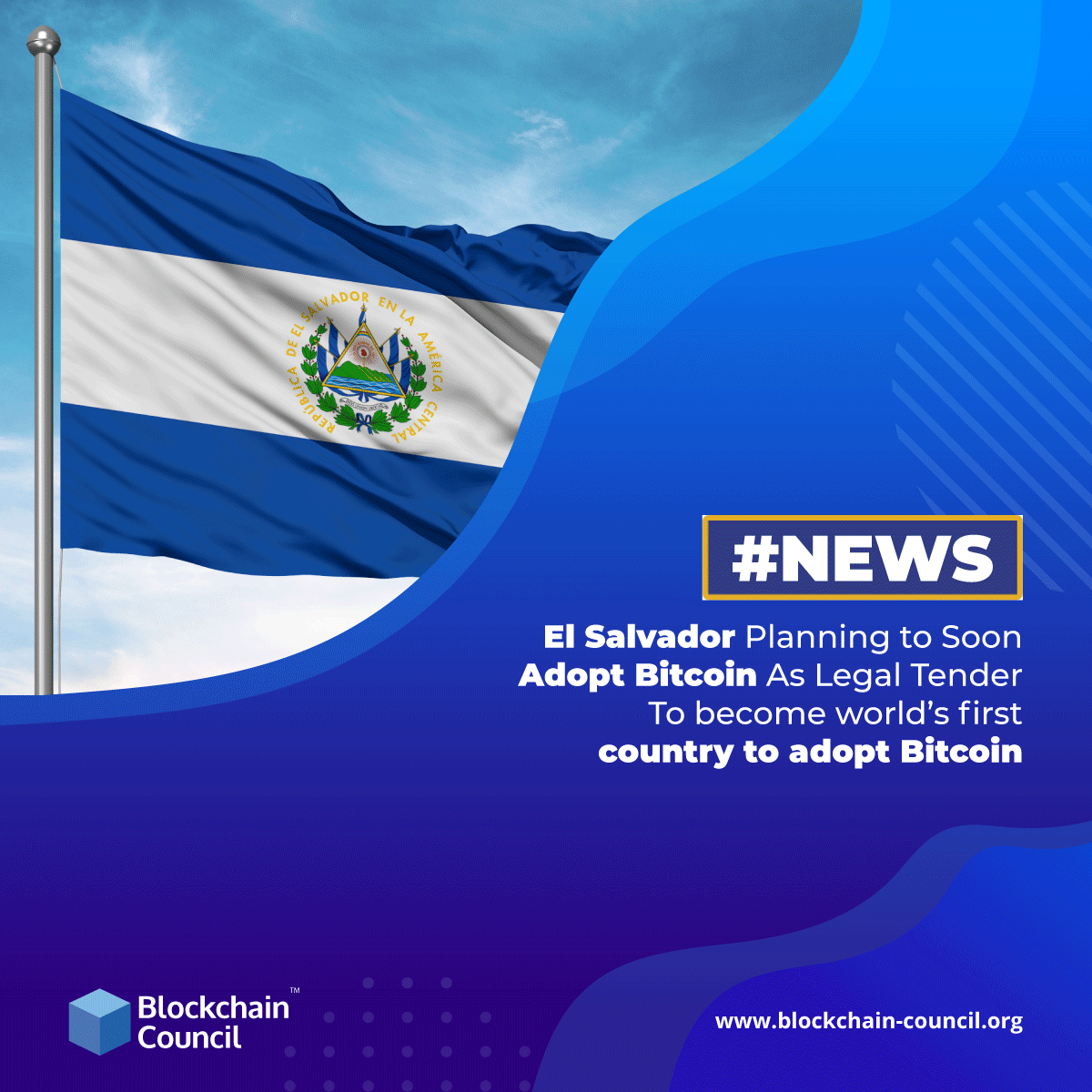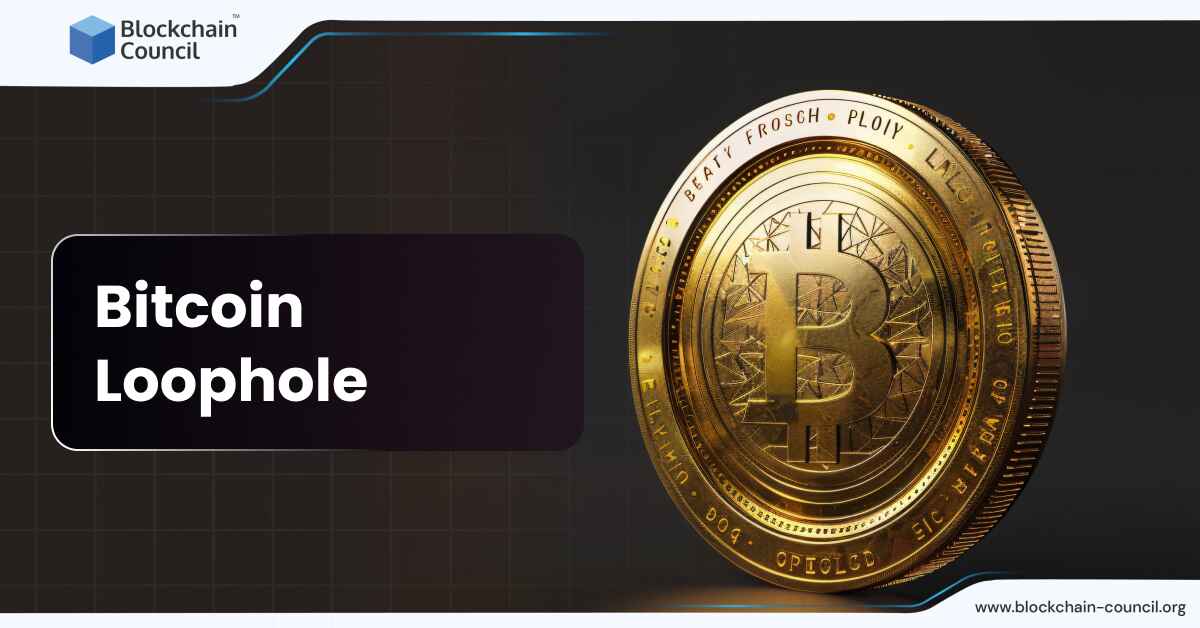
- Toshendra Kumar Sharma
- September 01, 2020
In this article, we will talk about SpaceChain’s remarkable step in outer space and focus on how blockchain technology in space is a good fit. We will also cover SpaceChain’s journey so far.
Table of Contents
- What is SpaceChain?
- Why Blockchain and Space is a Good Fit
- SpaceChain’s Remarkable Step in Outer Space
- SpaceChain Journey So Far
- Concluding Lines
What is SpaceChain?
SpaceChain was founded in 2017, is a community-based space platform that promotes decentralized infrastructure for the new space economy. It aims to combine space with blockchain technologies to make the development of space applications easier and to accelerate outer space development. It allows users to develop and run decentralized applications(dApps). With blockchain technologies, it intends to elevate decentralization principles and promote international collaboration within the global space community. SpaceChain’s vision is to lower the barriers to entry and costs to offer global community access and collaboration in space.
In February 2018, SpaceChain released its first SpaceChain operating system blockchain node into space. With its continuous development, SpaceChain is making rapid progress in outer space.
Want to build your own dApp and become a Certified Ethereum Developer? Sign up for Blockchain Council now.
Why Blockchain and Space is a Good Fit
As we now know what a SpaceChain is all about, let’s figure out the value of integrating blockchain technology with space.
- Blockchain, in space, enables open-economic models that empower new projects with its distributed access.
- SpaceChain with blockchain technologies allows organizations and enterprises to place blockchain nodes onto satellites so that anyone can access satellite technology, unlike traditional systems where only central authorities can access space and satellite technology.
- The collaboration of SpaceChain with blockchain brings an open-source software model to space.
- In addition, it also employs smart contracts through its decentralized platform built on satellite technology, which lessens inefficiency and reduces the cost of space-based application development.
SpaceChain’s Remarkable Step in Outer Space
According to the latest announcement, SpaceChain, a community-based space platform, has led to the successful execution of the first multisignature blockchain transaction in space.
The first use of blockchain hardware on the International Space Station(ISS), a powerful onboard computer supplied by GomSpace, was made possible through a collaboration with the European Space Agency(ESA), which provided funding, hardware, and other general support required for the project.
The transaction was conducted by SpaceChain co-founder and CTO Jeff Garzik. He believes that successful execution of the first multisignature blockchain transaction in space would mark progress and encouragement toward SpaceChain’s goal of building an open-source, secure, and immutable blockchain satellite network.
In his words, “SpaceChain aims to be the one-stop solutions provider for the integration of blockchain and space. As we continue to identify more use cases for blockchain-based satellite networks in space, we hope to bring blockchain to mass adoption.”
Upon initiating the multi-signature transaction, a ground station transmitted encrypted data to the ISS, which holds a private key to verify the transaction.
Niels Buus, CEO of GomSpace, also expressed his views regarding the collaboration with SpaceChain. He stated that “It’s an incredible honor to be selected by SpaceChain as the main supplier for its blockchain hardware wallet. The success of the first multisignature blockchain transaction in space demonstrates the onboard computer’s capabilities in supporting decentralized constellations in space with unparalleled data processing performance.”
SpaceChain Journey So Far
In February 2018, SpaceChain launched its first Qtum-based blockchain node into space. Then in March 2018, it finished Qtum integration on the SpaceChain OS. In May 2018, it started integration of Ethereum on its SpaceChain OS to support dApps development, and in August 2018, it completed the final version of the space node hardware board for the second launch. In September 2018, SpaceChain collaborated with more than ten space and blockchain companies, and in October 2018, the second-generation Qtum-based blockchain node was launched into space. Next month, in November 2018, SpaceChain started testing the functions of the space node in orbit. In January 2019, it completed testing the space node and successfully performed the first multi-signature transaction in space. In April, it opened its operations in the UK, and in September 2019, SpaceChain UK received support from ESA for blockchain satellite technology. In December 2019, the third launch of blockchain integrated satellite payload onto the ISS took place.
Concluding Lines
The community-focused space platform, SpaceChain, is advancing the space industry’s development and creating an inclusive community that can expedite advancements considerably by utilizing blockchain technology. But its advancements cannot be achieved without collaborating with space tech enthusiasts along with blockchain developers and software professionals.
SpaceChain with blockchain technology will provide a solid base for building future solutions for exploring and expanding applications based on its platform. Finally, SpaceChain will allow organizations and enterprises at all levels to participate because of increased accessibility and lower costs while ensuring that space exploration will not be restricted and controlled solely at the government level.
To get instant updates about Blockchain Technology and to learn more about online blockchain certifications, check out Blockchain Council.





































































 Guides
Guides News
News Blockchain
Blockchain Cryptocurrency
& Digital Assets
Cryptocurrency
& Digital Assets Web3
Web3 Metaverse & NFTs
Metaverse & NFTs
